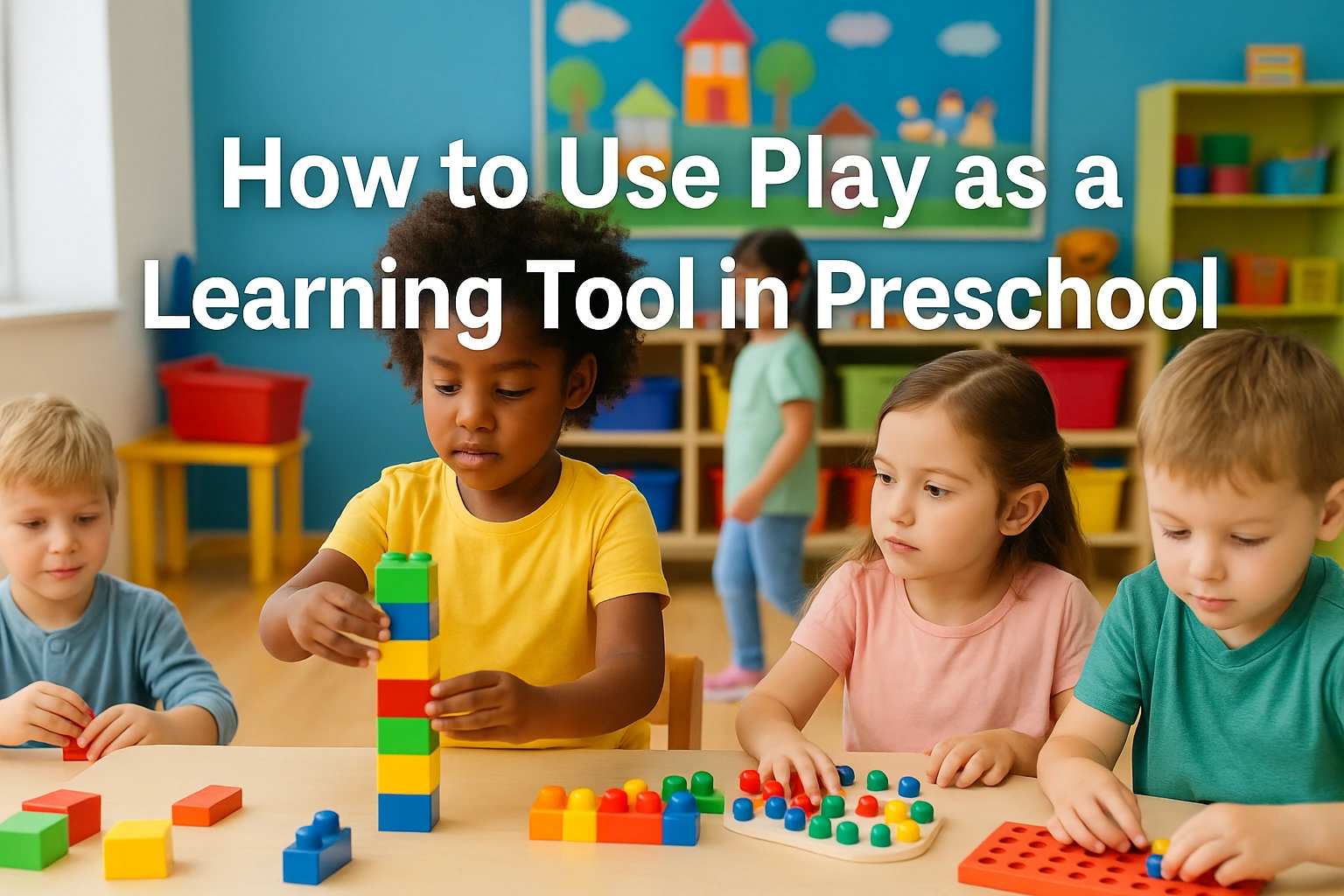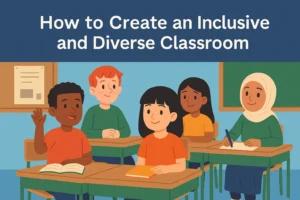🎓 How to Use Play as a Learning Tool in Preschool
How to Use Play as a Learning Tool in Preschool
Introduction
Early childhood is a magical stage where curiosity fuels every moment. For preschoolers, play is not just fun—it’s the most natural and powerful way to learn. When teachers and caregivers intentionally use play as a learning tool, they unlock children’s creativity, social skills, problem-solving abilities, and love for discovery.
In this blog, we’ll explore why play matters, practical strategies to integrate play into daily lessons, and tips to create an engaging play-based classroom that supports all areas of child development.
📌 What Makes Play So Important in Preschool?
Young children learn best through hands-on experiences. Unlike older students who benefit from lectures or structured lessons, preschoolers thrive when they explore, pretend, build, and move.
Key benefits of play-based learning include:
Language development: Conversations during play boost vocabulary and communication skills.
Social skills: Playing together teaches sharing, cooperation, and conflict resolution.
Motor skills: Manipulating toys and materials strengthens fine and gross motor skills.
Problem-solving: Play presents opportunities to test ideas and find creative solutions.
Emotional growth: Play helps children express feelings, cope with stress, and build self-confidence.
🎯 Types of Play to Promote Learning
Understanding the main types of play helps educators plan purposeful activities. Here are five forms of play and how they support learning:
1️⃣ Free Play
Child-led, unstructured time with minimal adult interference.
Encourages independence and self-direction.
Example: A corner with blocks where children create whatever they imagine.
2️⃣ Guided Play
Teacher sets up an activity with learning goals but lets children lead the play.
Balances freedom and focus.
Example: Setting up a pretend grocery store to practice counting and categorizing.
3️⃣ Structured Play
Adult-planned activities with clear instructions.
Good for introducing new concepts in a fun way.
Example: A sorting game for colors and shapes.
4️⃣ Physical Play
Activities that develop coordination and strength.
Example: Obstacle courses, dancing, or outdoor games.
5️⃣ Pretend and Dramatic Play
Role-playing scenarios that build social and language skills.
Example: A pretend kitchen or doctor’s office.
🏫 How to Integrate Play into Your Preschool Curriculum
Here are practical tips and examples to weave play into daily routines and lessons:
✅ 1. Set Up Learning Centers
Divide your classroom into thematic stations:
Reading corner: Soft pillows, books, and puppets.
Art area: Paint, clay, crayons for creative expression.
Construction zone: Blocks, Legos, and recycled materials for building.
Pretend play area: Costumes, dolls, kitchen sets.
Each center targets different skills and keeps children engaged.
✅ 2. Connect Play to Learning Goals
Align play activities with your educational objectives:
Practice counting with board games.
Explore science by playing with water and sand.
Use songs and dance for language and rhythm awareness.
Tip: Introduce new vocabulary naturally during playtime.
✅ 3. Join the Play
Teachers are not just supervisors; they are facilitators. Play alongside children to guide conversations, model new words, and extend learning without taking control.
For example, during pretend play, ask open-ended questions like:
“What happens next in your story?”
“How can we build this taller?”
✅ 4. Observe and Document
Use playtime to assess development. Watch how children interact, problem-solve, and express themselves. Take notes or photos to track growth and plan future activities tailored to their interests.
✅ 5. Encourage Outdoor Play
Outdoor spaces offer endless learning opportunities. Use nature walks, gardening, or playground games to teach concepts like weather, seasons, and teamwork.
🌟 Practical Play-Based Learning Ideas
Here are some quick activity ideas to try right away:
| Activity | Skills Developed |
|---|---|
| Treasure Hunt | Following directions, problem-solving |
| Story Acting | Language, confidence |
| Building Towers | Engineering, teamwork |
| Sorting Colors with Toys | Math readiness |
| Role Play ‘Community Helpers’ | Social awareness, empathy |
💡 Tips for a Successful Play-Based Classroom
Rotate materials regularly to maintain interest.
Respect each child’s play style—some prefer quiet play, others are more active.
Combine individual, small group, and whole group play.
Communicate with parents about the importance of play—many families may not realize play is vital to learning.
Celebrate and share play moments through photos and stories.
✅ Conclusion
Play is not just a break from learning—it is learning for preschoolers. By thoughtfully incorporating play into your curriculum, you nurture happy, curious, and capable learners.
At SkillUp Learn, we believe in equipping educators with the right tools and strategies to make learning meaningful and fun. Explore our courses, download our ready-to-use resources, or schedule a personalized training session to take your preschool teaching to the next level.



